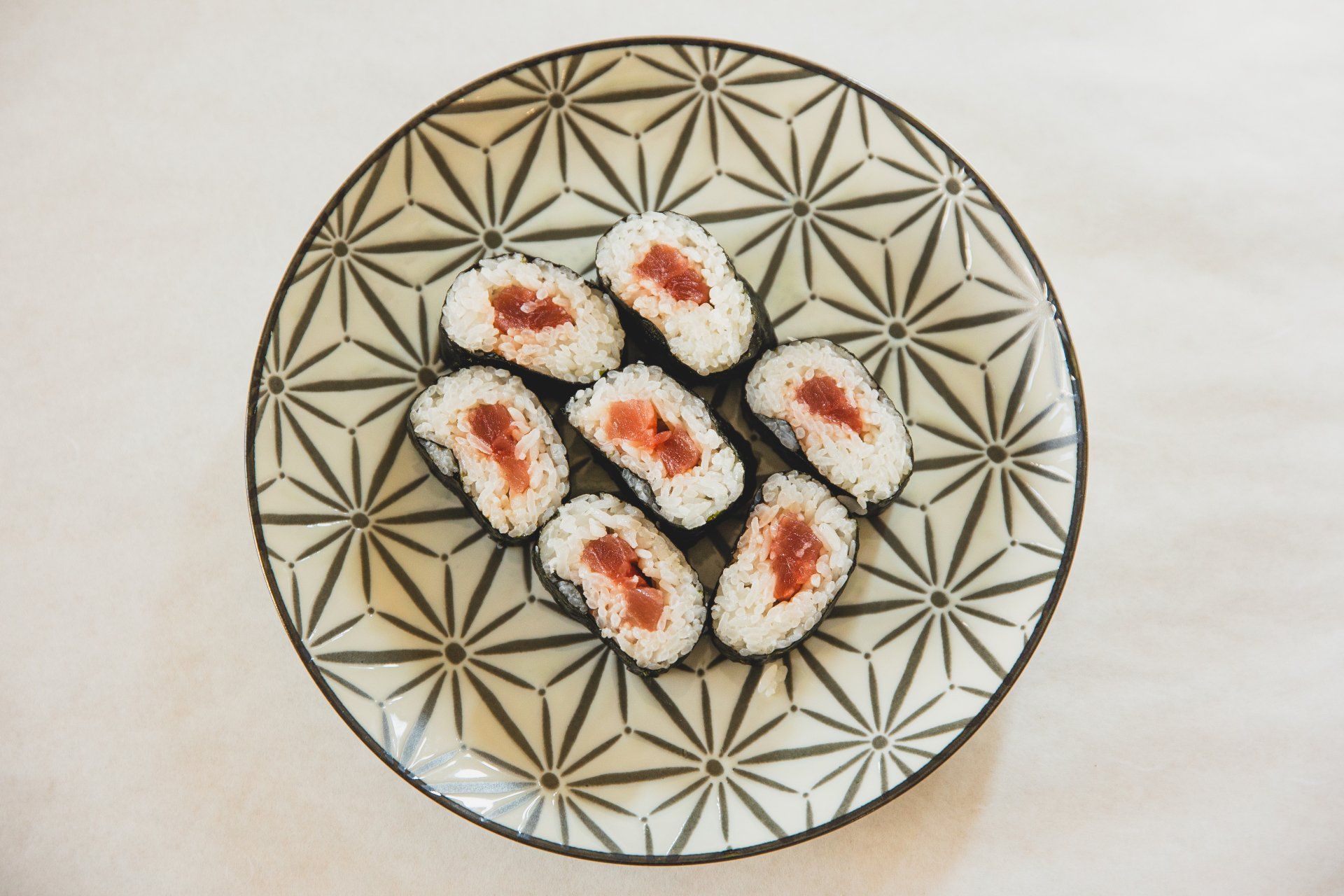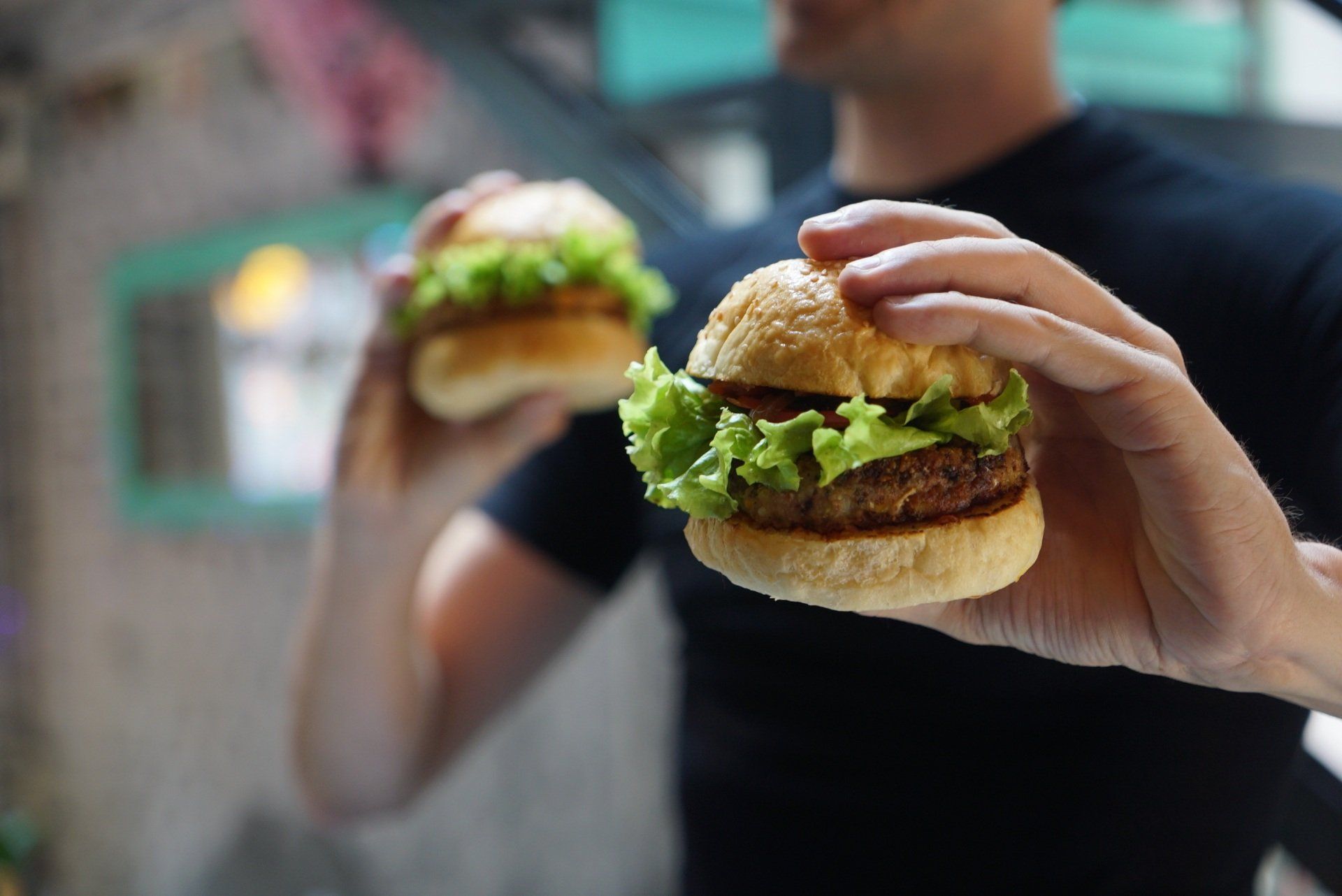The Eating Habit That Stops Overeating, According To Neuroscientists
In this lesson, you're going to learn how to use the science behind intuitive eating --sensory specific satiety-- to reduce the amount of food you eat.
We start with a study. One group of people was instructed to eat “until the pleasantness of the flavor subsides.”
A second group of people was instructed to eat “until the stomach feels full.”
Which group do you think ate less? A lot less? The People who ate until the pleasantness of the flavors subsided.
The takeaway from this mindful eating study and others like it? You will eat less if you concentrate on the declining pleasure of the food. As you become more aware of how quickly pleasure dissipates you will naturally want to stop.
Now it’s time for YOU to try this conscious eating tactic. Here’s how.
Intuitive Eating Training
Step 1: Establish the goal: Eat “until the pleasantness of the flavor subsides” You will do this for every meal, every snack.
Step 2: Establish a marker. Say, 50%. That means you’ll consider stopping when the pleasure you’re getting out of the food is cut in half. I say “consider” because we’re not on a diet.
We’re training ourselves to understand the subtleties of pleasure.
Step 3: As you eat, pay attention to the food’s decreasing pleasure.
Throughout the meal, ask yourself: How much pleasure am I getting out of each bite? Is the pleasure diminishing? By how much?
And here’s the most important question to ask yourself. Has the pleasure subsided to the point I’m willing to stop?
Once you cross that threshold you’re headed toward the visceral pleasure of feeling full rather than the Epicurean pleasure of delighting the senses.
As you become more sensitive to the declining pleasure you get with each bite, you’ll stop eating earlier and earlier.
It won’t be long before you intuitively understand the lowest level of pleasure you’re willing to accept and you will stop eating sooner.
Eating “until the pleasantness of the flavors subsides” is a skill. The only way to develop it is to practice it daily until it becomes an unconscious habit. Here’s a step-by-step guide to getting the most out of this technique:
Step 1
Hold the plate of food in your hands, look at it and state your intention: “My goal is to eat until the pleasantness of the flavors subsides.”
Step 2
Stop eating when you estimate there’s been a 50% reduction in the pleasure you’re getting out of the food. There is nothing magical about 50%. If you want to make it 40% do it. 60%? Why not? You're not on a diet, you're on a journey to understand how you experience sensory specific satiety.
Step 3
As you eat, glance at the chart below to understand how much pleasure you’re experiencing.
Step 4
Throughout the meal, ask yourself: How much pleasure am I getting out of each bite? Is the pleasure diminishing? By how much?
Step 5
Once the pleasure diminishes to the goal you set (say, 50%) ask yourself the following: “Has the pleasure subsided to the point I’m willing to stop?”
If the answer is yes, put the utensil down and stop eating. If the answer is no, keep eating and ask yourself the same question a few bites later. Remember, you’re training yourself to use waning pleasure as a signal to stop.
Step 6
Once you’re done with the meal, reflect on what happened. How difficult was it for you to gage the level of pleasure in each bite? Don't worry if it was vague or hard to discern. It will become easier as you practice. Did you stop eating earlier or later than you expected? Did anything about the experience surprise you?
Discussion
Notice what judgments came up for you. Did you feel good because you stopped eating at the 50% mark? Did you feel bad that you didn't?
Try to release all feelings, good or bad. They are remnants of the toxic diet culture we've all grown up with. There is nothing “good” about stopping at the 50% mark and there is nothing “bad” about going past it. This is not a performance, a test you pass or fail. It is an exercise designed to sharpen your awareness of pleasure.
Once you become acutely aware of when pleasure diminishes you will naturally want to stop eating. Remember what I said earlier-- pleasure is the path to weight loss. Using sensory specific satiety is a terrific way to enhance the pleasure of your meals. By stopping before the pleasure wanes too much you will have a better, more satisfying experience of food.
REMINDER: This cross-science innovation, sensory specific satiety, or eating “until the pleasure of the flavors subside,” will not work if you’re on a diet. Because dieting sets off a stress response (increased production of the hunger hormone, decreased production of the satiety hormones and a biological urge to overeat) it will obliterate your ability to discern subtle changes in the pleasure you get out of food.
Try Our Intuitive Eating Online Course
This post was taken directly from our Intuitive Eating Online Course. Check it out if you want to completely reshape your eating habits so you can lose weight without dieting.
Poothullil J. M. (2005). Recognition of oral sensory satisfaction and regulation of the volume of intake in humans. Nutritional neuroscience, 8(4), 245–250. https://doi.org/10.1080/10284150500449029
Quote: Analysis of the results showed the taste condition with the lowest volumes and the fullness condition with the highest volumes (p < 0.0001) and time (p < 0.0001). Oral sensory satisfaction could be used to regulate intake of water and water-soluble foods.
Poothullil J. M. (2009). Meal termination using oral sensory satisfaction: a study in non-obese women.
Nutritional neuroscience,
12(1), 28–34.
https://doi.org/10.1179/147683009X388869
Quote: These results indicate that taste satisfaction can limit meal intake in non-obese women. Taste satisfaction could be a mechanism that is used to reduce food intake to compensate for previous excess consumption.
Wilkinson, L. L., & Brunstrom, J. M. (2016). Sensory specific satiety: More than 'just' habituation?. Appetite, 103, 221–228. https://doi.org/10.1016/j.appet.2016.04.019
Quote: Broadly, they support an explanation of SSS based on habituation or stimulus specificity rather than top-down influences based on the availability of uneaten foods.
Raynor, H. A., & Epstein, L. H. (2001). Dietary variety, energy regulation, and obesity. Psychological Bulletin, 127(3), 325–341. https://doi.org/10.1037/0033-2909.127.3.325
Quote: Animal and human studies show that food consumption increases when there is more variety in a meal or diet and that greater dietary variety is associated with increased body weight and fat. A hypothesized mechanism for these findings is sensory-specific satiety
González, A., Recio, S. A., Sánchez, J., Gil, M., & de Brugada, I. (2018). Effect of exposure to similar flavours in sensory specific satiety: Implications for eating behaviour. Appetite, 127, 289–295. https://doi.org/10.1016/j.appet.2018.05.015
Quote: The results suggest that easy and continuous access to a high variety of similar unhealthy foods might have long-term effects on food consumption, and highlight a potential mechanism linking obesogenic environments with dietary habits.
Sashie Abeywickrema, Indrawati Oey, & Mei Peng, (2022), Sensory specific satiety or appetite? Investigating effects of retronasally-introduced aroma and taste cues on subsequent real-life snack intake, Food Quality and Preference, Volume 100. https://doi.org/10.1016/j.foodqual.2022.104612
Quote: Our findings reveal that exposure to retronasally introduced vanilla aroma, and the sweet taste can induce daylong sensory-specific effects. Specifically, pre-exposure to sweet-associated aroma (i.e., vanillin) and taste (i.e., sucralose) stimuli decrease sensory-congruent (i.e., sweet), but increase sensory-incongruent (i.e., non-sweet) snack intake throughout the day. Overall, the study suggests that sensory exposure may have lasting temporal effects on eating behaviour.










